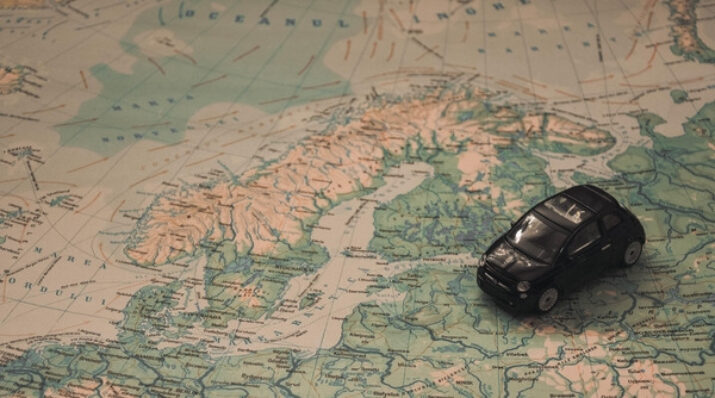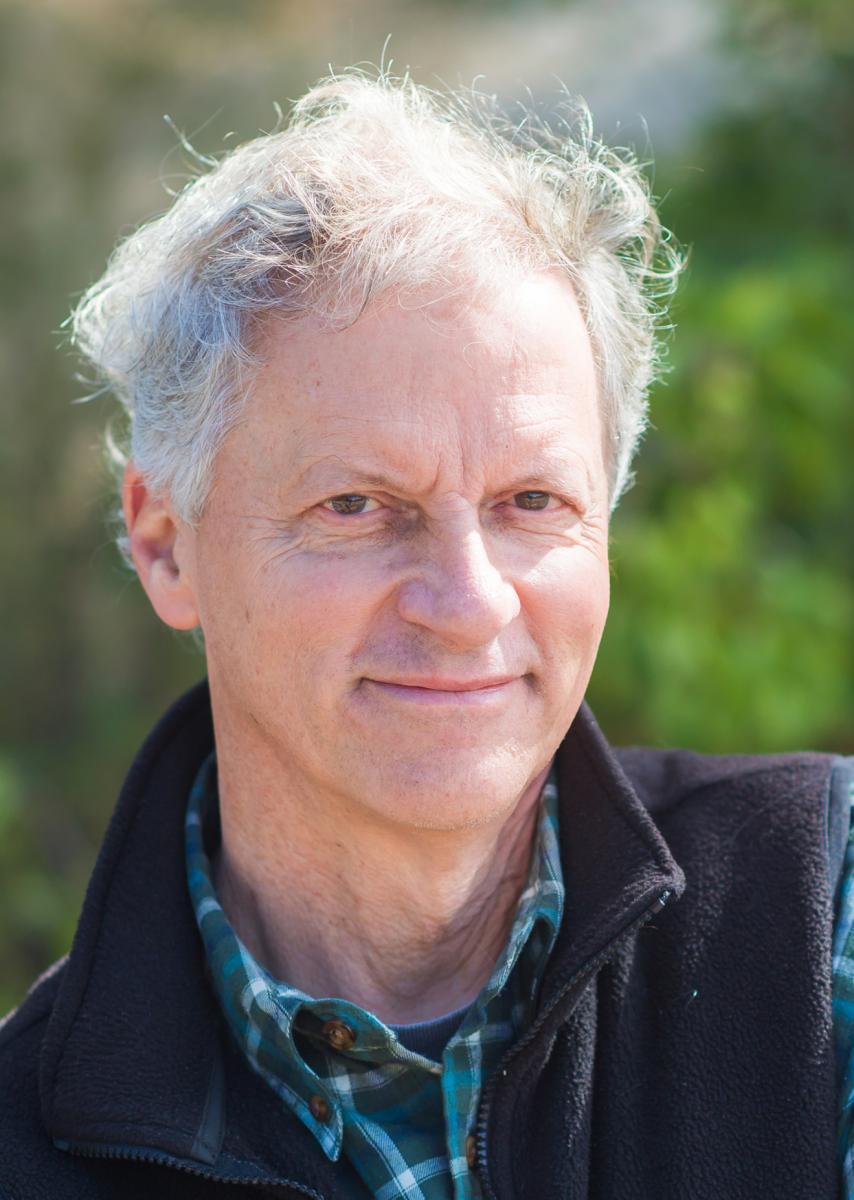New Designs for School
In Finland, Perhaps It Really Is All About the Kids
Topics

We’ve all had the experience of truly purposeful, authentic learning and know how valuable it is. Educators are taking the best of what we know about learning, student support, effective instruction, and interpersonal skill-building to completely reimagine schools so that students experience that kind of purposeful learning all day, every day.
What is the secret of Finland's successful education system? It all seems to boil down to this one thing.
Writing this on my way to Helsinki with about 130 other educators and reformers from the US.
We're part of a learning experience that will spend five days immersed in Finland’s fairly astonishing education system, and then travel onto Davos, Switzerland, where we will convene with about 2000 teachers and high school-age students from around the world. They are all gathering in the Alps to re-imagine the ways schools can enable deeper learning for every child. Sir Ken Robinson will be there to help us.
I'll be sending back my observations a couple of times over the coming nine days. Although I haven’t even set foot in Finland yet—I’m on the way there and have been delayed by a few airplane mechanical issues—from all of the reading I’ve been doing, I feel I’ve been on quite a trip already.
Finland’s success is inarguable. Finnish students score at the top of the PISA exams routinely, and yet educators there say they don’t really pay much attention. Next door, Norway (with a similarly homogeneous, fairly affluent population and a quasi socialist approach to governing) pays much more attention, as the US does, to tracking its students and counting on accountability-driven incentives to motivate learning and achievement—and gets similarly middling results.
Finland has the highest high school graduation rate and college matriculation rate (66%) in Europe. The difference between their highest performers and their lowest performers is the smallest achievement gap in the world.
You might be wondering: just how do they do it?
We’ll learn more this week, but from the wide body of writing that’s out there on this question, it seems to boil down to one element: Trust.
- The Finns trust their entire education system to professional educators, from policymakers to administrators to teachers to aides. Aspiring teachers get free graduate education on the way to the classroom (their undergraduate years are free, too). Teachers come from the top 10-15% of their graduating classes, not because of what they earn but because of the autonomy they have, the respect they are accorded, and the conditions in which they teach. (That includes far more time than American teachers have, for example, to work with individual students, plan lessons, and collaborate with other teachers.)
- Just as important, the Finns trust the kids. They trust that active play, preferably outdoors, should be the dominant activity in the first seven years. They trust that students will progress, understanding that they will do so in different ways and at difference paces. They trust that students will learn through active participation, so that—for example—virtually every science class is a lab experiment, with a maximum of 16 students in it. (Next gen learning educators, is this sounding familiar to you?) They trust that deeper learning skills will develop over time, and that they know the students well enough without constant, high-stakes testing to be able to intervene and support them productively.
What they don’t seem to focus so much on is the role of technology—though that may be changing, in ways that are consistent with Finland’s whole-child, experiential model.
The whole week should be fascinating. Next gen learning on the scale of an entire country—one that’s been practicing it for more than two decades! That’s something all of us should have a chance to see.




